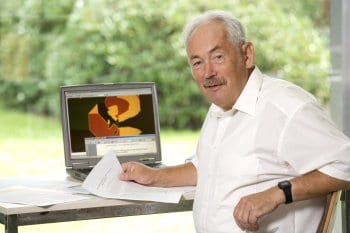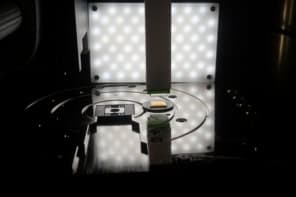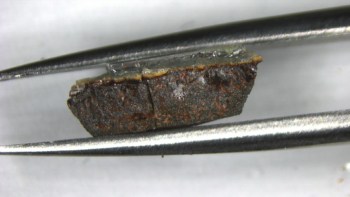The 2007 Nobel Prize in Physics has been awarded jointly to Albert Fert of the Université Paris-Sud in France and Peter Grünberg of the Forschungszentrum Jülich in Germany "for the discovery of giant magnetoresistance". Their discovery, which both physicists made independently in 1988, led to a dramatic rise in the amount of data that can be stored on computer hard-disk drives. Fert and Grünberg share prize money totalling 10 million Swedish krone (about $1.5m).

Giant magnetoresistance, or GMR, is the sudden change in electrical resistance that occurs when a material consisting of alternating ferromagnetic and non-magnetic metal layers is exposed to a sufficiently high magnetic field. In particular, the resistance becomes much lower if the magnetization in neighbouring layers is parallel and much higher if it is antiparallel. This change in resistance is due to “spin up” and “spin down” electrons scattering differently in the individual layers.
GMR has since been used to develop extremely small and sensitive read heads for magnetic hard-disk drives. These have allowed an individual data bit to be stored in a much smaller area on a disk, boosting the storage capacity greatly. The first commercial read heads based on GMR were launched by IBM in 1997 and GMR is now a standard technology found in nearly all computers worldwide and is also used in some digital cameras and MP3 players.
In Grünberg’s original work, he and his team studied an iron/chromium/iron trilayer system that showed an decrease in resistance of 1.5%. Fert and colleagues, in contrast, studied an iron/chromium multilayer system in which the electrical resistance decreased by nearly 50%.
“These films started out as being very esoteric, but it turned out that they would have great practical importance,” says Tony Bland, a physicist from the University of Cambridge. “They paved the way for substantial information densities of commercial disk drives. It also paved the way for new physics, such as tunneling magnetoresistance (TMR), spintronics and new sensor technology, for example biosensors. The caveat is that GMR has already become old technology and people are now interested in TMR for future technology.”
TMR gives rise to a more pronounced resistance change in small applied fields than is found in GMR devices.
Albert Fert was born in 1938 in Carcassone, France, and received a PhD in physics in from Université Paris-Sud, Orsay in France. He is now also scientific director of CNRS/Thales Unité Mixte de Physique in Orsay. Peter Grünberg was born in 1939 in Pilsen (now in Czech Republic) and is a German citizen. He gained his PhD in physics from the Technische Universität Darmstadt, Germany.
Grünberg, who holds a patent on GMR, originally submitted his paper slightly before Fert, although Fert’s was published first. “But whereas Fert was able to describe all the underlying physics, Grünberg immediately saw the technological importance,” adds Bland.




